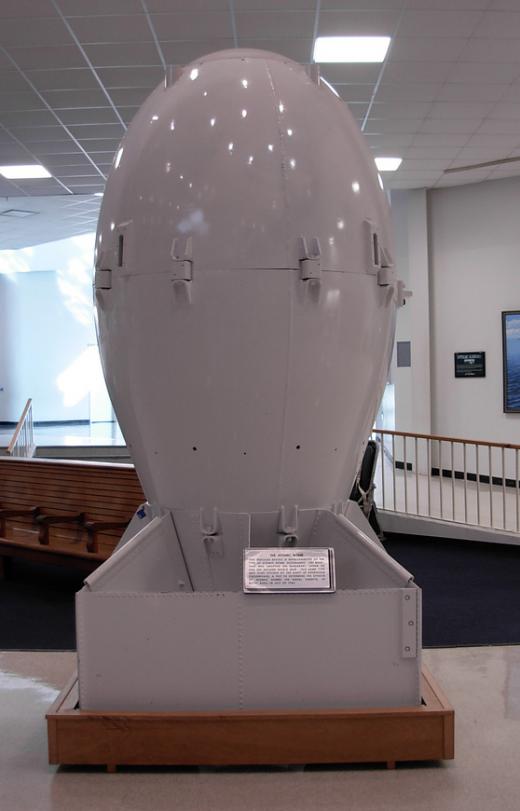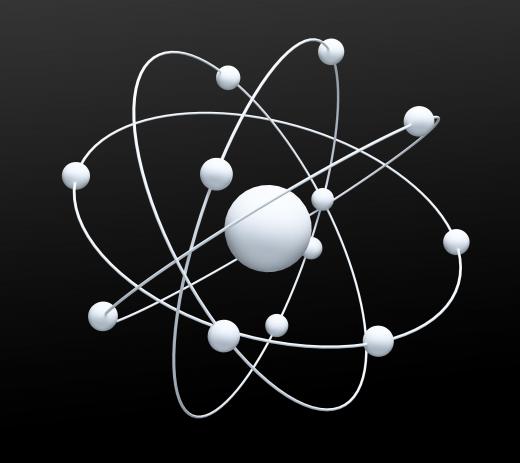What is a Neutrino?
 Michael Anissimov
Michael Anissimov
A particle with very low mass, around that of an electron, and no electrical charge, the neutrino is an elusive subatomic particle. The neutrino is so shy that the duration between the theorization of its existence and its actual discovery was 25 years. Wolfgang Pauli, a famous quantum physicist, theorized the neutrino in 1931. It was discovered by Frederick Reines and Clyde Cowan in 1956 at a neutrino observatory located adjacent to a nuclear power plant at Savannah River, South Carolina.
Neutrinos travel at almost the speed of light, and many quadrillions of them penetrate your body every second. But because neutrinos have such low mass and interact only slightly with atoms, they can penetrate several light years of densely packed matter before interacting with an atom. For this reason they are very difficult to detect.

Neutrinos are generated during an event known in physics as beta decay. It seemed hopeless to detect neutrinos until the advent of nuclear technology. Atomic bombs and nuclear reactors proved to be rich sources of neutrino activity relative to a typical spot on Earth. The first neutrino detectors were tanks filled with water and cadmium chloride. The first neutrino detected was in fact not a conventional neutrino but an anti-neutrino.

When an anti-neutrino collided with a proton in the neutrino detector, the interaction produced a neutron and a positron, or an anti-electron. The resulting anti-electron would quickly annihilate with one of the electrons orbiting the nucleus, resulting in a spray of two photons. Then a stray neutron released from the breakdown of the atom would eventually (~15ms) be picked up by another, intact atom, releasing more photons (light). This distinct 2-stage pattern of photon release could be magnified by photoamplifiers, thereby triggering a register and providing positive evidence for neutrino impact.

With modern methods, as many as one neutrino per day is detected in our observatories. The neutrino is an excellent example of a fundamental particle that becomes more understandable as the quality of our scientific instruments improves. The continued gathering of evidence regarding the neutrino and its properties is sure to contribute in valuable ways to the progress of contemporary theoretical physics, which in turn will generate useful technological and theoretical discoveries for human civilization.
AS FEATURED ON:
AS FEATURED ON:













Discussion Comments
If neutrinos are so difficult to detect, then how do they know that the collision of an electron and a positron does not result in an explosion of neutrinos in addition to the gamma ray pair. I think the theory behind anti-particles and anti-matter of any kind is fundamentally flawed.
I watched Cosmos the other night and wondered if the host really believed what he was saying when he held the large marble representing the universe near its beginning moment of time. Happy trails.
So, if that's the definition of a nutreno, then what's an antinutreno?
The IMB detector and Kamiokande II are 2 known neutrino detectors. Any more are recommended?
interesting. it is amazing both how small and how large things go. will we ever find the smallest particle? probably not
The typical neutrino obeys the penetration parameter 10 to the 20th power gm/cm to the 2power within a substance of given density. If that substance were lead, ~10 gm/cm to the 3power the distance of penetration would average 10 to the 19power cm, or 10 light years.
i don't understand :(
cool, didn't know that there was something called a neutrino
What is the purpose of a neutrino?
how many kinds of neutrinos are there?
Post your comments